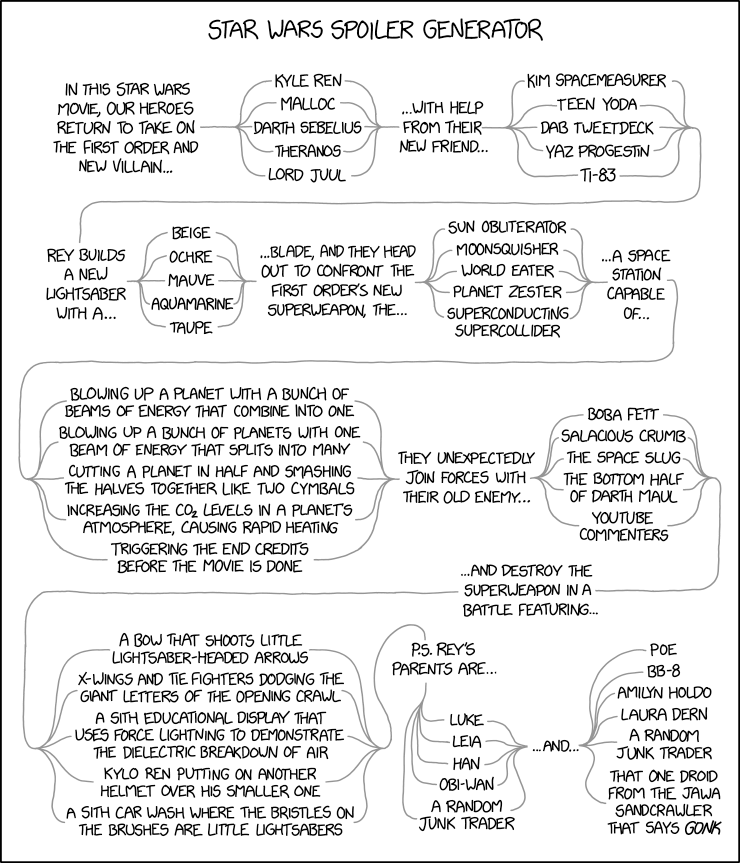Archive for December, 2019
December 24, 2019 @ 5:41 pm· Filed by Victor Mair under Language and food, Phonetics and phonology, Romanization, Signs, Tones
I've eaten in this hot pot (huǒguō / WG huo3-kuo1 / IPA [xwò.kwó] 火锅 / 火鍋) restaurant at 3717 Chestnut St. on a number of occasions, and each time I go, I am struck by the creative sign out front:

Read the rest of this entry »
Permalink
December 23, 2019 @ 9:57 am· Filed by Mark Liberman under Language and politics
A recent WSJ editorial ("A $900 Bottle of Hypocrisy", 12/20/2019) engages Democratic presidential candidates, and especially Elizabeth Warren, on the issue of money in politics:
Few political spectacles are more amusing than watching Democrats who are millionaires attempting to deny that they consort with other millionaires, much less with dastardly billionaires. This was on extended display at Thursday’s presidential debate, and it offers a lesson about money and politics.
South Bend Mayor Pete Buttigieg has been raising millions of dollars in Silicon Valley, New York, Hollywood and other well-to-do progressive enclaves. This has riled Elizabeth Warren, who used to be a favorite of the wealthy liberal class but as a presidential candidate has taken a vow of non-association with the rich. Ms. Warren accused the young mayor of holding a fundraiser “in a wine cave full of crystals” and $900-a-bottle wine.
Read the rest of this entry »
Permalink
December 23, 2019 @ 9:53 am· Filed by Victor Mair under Abbreviation, Acronyms, Diglossia and digraphia, Idioms, Romanization
Literary Sinitic / Classical Chinese has an extreme propensity for elision, truncation, and abbreviation, which is one of the factors that make it so hard to read.
Yesterday, we looked at the current Chinese proclivity for acronyms and initialisms, made much easier to produce and apply due to the use of digital technology and pinyin as part of an emerging Sinitic digraphia. See "Chinese acronyms" (12/22/19).
In recent years, a new kind of quadrisyllabic "set phrase" has arisen in internet usage, one not based on historical allusion or other traditional source. Here are seven typical examples:
Read the rest of this entry »
Permalink
December 22, 2019 @ 5:19 pm· Filed by Victor Mair under Language and food, Signs, Translation
Emery Snyder spotted this sign in New York City's Chinatown:


Read the rest of this entry »
Permalink
December 22, 2019 @ 5:13 pm· Filed by Victor Mair under Lexicon and lexicography, Lost in translation
From Tarashare:

Read the rest of this entry »
Permalink
December 22, 2019 @ 12:59 pm· Filed by Mark Liberman under Language and politics
The sixth (of 10) scheduled Democratic presidential debate took place on 12/19/2019. There's video on YouTube here, and a WaPo transcript here. As a start on various forms of analysis, I thought I'd take a look at some simple phonetic characteristics of the candidates' answers to the first question, which was about the current impeachment process.
What does it all mean? More on that later — for now, just enjoy the pictures…
Read the rest of this entry »
Permalink
December 22, 2019 @ 8:30 am· Filed by Victor Mair under Acronyms, Bilingualism, Borrowing, Diglossia and digraphia, Language and computers, Metaphors, Romanization
Apollo Wu sent in this list of what he calls "Chinese acronyms" (Romanizations, translations, links, and comments are by VHM):
GJBZ 国家标准 Guójiā biāozhǔn ("National Standard") — this is commonly reduced still further to "GB"
YDYL 一带一路 Yīdài yīlù ("One Belt, One Road" or "Belt and Road")
RMB 人民币 Rénmínbì ("RMB", the Chinese yuan)
Read the rest of this entry »
Permalink
December 20, 2019 @ 8:29 pm· Filed by Victor Mair under Insults, Rhetoric, Style and register
If someone prefaces a sentence by saying "with all due respect", it's a sign that they are likely to unleash something negative or critical, and sometimes quite vulgar and highly disrespectful. The result, then, is to intensify, rather than to mitigate, their criticism.
Paul Gogarty, a member of Ireland's Green Party, unloaded some fairly colourful language on Labour Party member Emmet Stagg during a debate using this term.
"With all due respect and in the most unparliamentary language, f**k you Deputy Stagg, f**k you…". He then added, "I apologize now for my use of unparliamentary language."
Source
Read the rest of this entry »
Permalink
December 20, 2019 @ 4:40 pm· Filed by Victor Mair under Epigraphy, Language and economics, Language and history, Language and religion, Philology
Herewith, I would like to call your attention to a new article by Ryosuke Furui (Institute for Advanced Studies on Asia, The University of Tokyo) titled "Sujanagar Stone Inscription of the Time of Bhojavarman, Year 7" in Pratna Samiksha, A Journal of Archaeology (Centre for Archaeological Studies & Training, Eastern India, Kolkata), New Series, Volume 10 (2019), 115-122.
Read the rest of this entry »
Permalink
December 20, 2019 @ 8:56 am· Filed by Mark Liberman under Computational linguistics, Linguistics in the comics
Louisa Shepard, "‘May the force be with you’ and other fan fiction favorites", Penn Today 12/18/2019:
Starting with Star Wars, Penn researchers create a unique digital humanities tool to analyze the most popular phrases and character connections in fan fiction. […]
The Penn team started with the script of “Star Wars: The Force Awakens” and created algorithms to analyze the words in the script against those in millions of fan fiction stories. The unique program identifies the most popular phrases, characters, scenes, and connections that are repurposed by these writers and then displays them in a simple graph format.
The results are now available on their “fan engagement meter” at https://fanengagement.org.
Serendipitously, today's xkcd:

Read the rest of this entry »
Permalink
December 19, 2019 @ 1:44 pm· Filed by Victor Mair under Language and computers, Nerdview
Several colleagues called this article to my attention:
"Programming Language for the ancient Chinese"
Here's the introduction:
文言, or wenyan, is an esoteric programming language that closely follows the grammar and tone of classical Chinese literature. Moreover, the alphabet of wenyan contains only traditional Chinese characters and 「」 quotes, so it is guaranteed to be readable by ancient Chinese people. You too can try it out on the online editor, download a compiler, or view the source code.
The home page then goes through "Syntax", "Compilation", and "Get (Source Code; Online Editor; Reference".
Read the rest of this entry »
Permalink
December 18, 2019 @ 8:19 pm· Filed by Mark Liberman under Computational linguistics, Elephant semifics
This is another note on the amazing ability of modern AI learning techniques to imitate some aspects of natural-language patterning almost perfectly, while managing to miss common sense almost entirely. This probably tells us something about modern AI and also about language, though we probably won't understand what it's telling us until many years in the future.
Today's example comes from Zihang Da et al., "Transformer-XL: Attentive Language Models Beyond a Fixed-Length Context", arXiv 6/2/2019.
Read the rest of this entry »
Permalink
December 18, 2019 @ 12:20 pm· Filed by Victor Mair under Language and food, Lost in translation
Bruce Rusk sent in this photograph taken at his local (Vancouver) Hong Kong-style congee joint: the English translation of the third item on the menu reads the Sinographs 龍崗 (lit., "dragon hillock / mound / [lookout] post / sentinel / sentry") as a Japanese toponym or family name, when they should be read in Cantonese (as the name of a neighborhood in Shenzhen, he believes).

Read the rest of this entry »
Permalink





